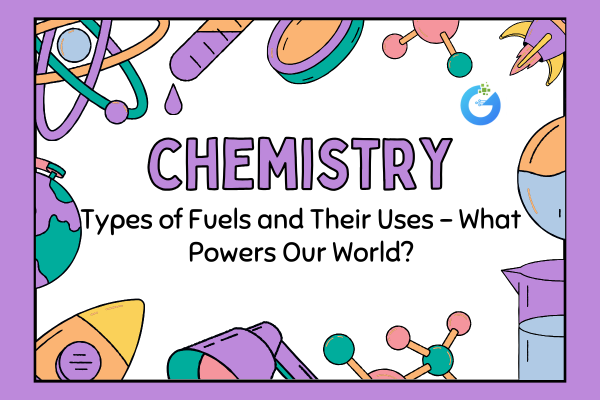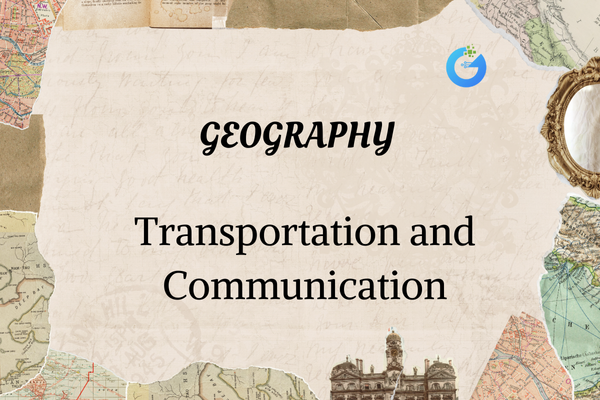Introduction – What Is the Circulatory System?
The circulatory system, also known as the cardiovascular system, is like the body’s delivery service. It’s responsible for transporting blood, oxygen, nutrients, and waste products throughout the body. It works constantly, day and night, to ensure that every cell in our body gets what it needs to stay healthy.
This system includes the heart, blood vessels, and blood. Let’s explore each of these parts and how they work together to keep us alive and healthy.
expert-led Biology classes – visit our website to learn more
The Heart – The Pumping Powerhouse
At the center of the circulatory system is the heart, a muscular organ about the size of your fist. The heart acts as a pump that pushes blood through your blood vessels. It has four chambers:
- Left atrium: Receives oxygen-rich blood from the lungs.
- Right atrium: Receives oxygen-poor blood from the body.
- Left ventricle: Pumps oxygen-rich blood to the body.
- Right ventricle: Pumps oxygen-poor blood to the lungs.
The heart beats about 60 to 100 times per minute, pumping blood throughout the body. The right side of the heart sends blood to the lungs, where it picks up oxygen, while the left side pumps oxygen-rich blood to the rest of the body. It’s amazing to think that the heart works non-stop, never resting, to keep the blood circulating!
Blood Vessels – The Highway for Blood
The blood vessels are like roads that carry the blood to different parts of the body. There are three main types of blood vessels, each playing a different role:
- Arteries: These carry oxygen-rich blood from the heart to the body. They have thick walls because they need to withstand the high pressure of blood being pumped out of the heart. The largest artery is the aorta, which carries blood to the entire body.
- Veins: These carry oxygen-poor blood back to the heart. Veins have thinner walls than arteries and contain valves to prevent blood from flowing backward. The superior and inferior vena cava are the two largest veins that carry blood from the body back to the heart.
- Capillaries: These are the smallest blood vessels and connect arteries to veins. Capillaries are so tiny that red blood cells have to pass through them one at a time. This is where oxygen, nutrients, and waste products are exchanged between the blood and the body’s tissues.
Without these vessels, the heart would have no way of delivering blood to the entire body or returning it back to be oxygenated!
Blood – The Transport Medium
Blood is a fluid that circulates through the blood vessels, carrying oxygen, nutrients, hormones, and waste products. It is made up of several components:
- Red Blood Cells (RBCs): These cells carry oxygen from the lungs to the rest of the body and return carbon dioxide to be exhaled.
- White Blood Cells (WBCs): These cells are part of the immune system and help protect the body against infections.
- Platelets: These are tiny cells that help the blood clot when you get a cut or injury.
- Plasma: The liquid part of the blood that carries the blood cells, nutrients, hormones, and waste products.
Each of these components plays a vital role in keeping our body functioning. For example, without red blood cells, our cells would not get the oxygen they need to survive!
Oxygen and Nutrient Delivery – How It Works
When you breathe in air, oxygen enters your lungs and passes into the blood. The red blood cells in the blood pick up the oxygen and transport it via the heart to the rest of the body. As the blood circulates, the oxygen is delivered to tissues and organs, providing them with the energy they need to function.
At the same time, carbon dioxide, a waste product produced by our cells, is carried by the blood back to the lungs, where it is expelled when we breathe out. In addition to oxygen, the blood also carries important nutrients such as glucose, vitamins, and minerals from the digestive system to cells throughout the body.
Circulatory Pathways – The Circuits of Blood Flow
The blood circulates through the body in two main pathways:
- Systemic Circulation: This pathway carries oxygen-rich blood from the heart to the body and brings oxygen-poor blood back to the heart. The left side of the heart pumps blood to the body’s organs and tissues, and veins bring the deoxygenated blood back to the right side of the heart.
- Pulmonary Circulation: This pathway carries oxygen-poor blood from the heart to the lungs. The right side of the heart pumps blood to the lungs to get oxygen, and the oxygenated blood is returned to the left side of the heart, ready to be sent to the body.
Why Is the Circulatory System Important?
The circulatory system is essential for keeping us alive and healthy. Here’s why it’s so important:
- Oxygen Delivery: It ensures that oxygen is delivered to all cells in the body, allowing them to carry out important functions like energy production.
- Nutrient Transport: It delivers nutrients from the digestive system to cells, tissues, and organs to support growth and repair.
- Waste Removal: It helps remove waste products, such as carbon dioxide and urea, from the body.
- Temperature Regulation: The circulatory system helps regulate body temperature by moving heat throughout the body.
- Immune System Support: Blood carries white blood cells that help defend the body against infections and diseases.
Without this system, the body would not be able to survive!
FAQs – The Human Circulatory System
Q1: How many times does the heart beat in a day?
The heart beats about 100,000 times a day, pumping blood to the entire body!
Q2: What would happen if the circulatory system stopped working?
If the circulatory system stopped working, the body would not get oxygen or nutrients, and waste would build up. This could lead to organ failure and death within minutes.
Q3: How can I keep my circulatory system healthy?
To keep your circulatory system healthy, you should eat a balanced diet, exercise regularly, avoid smoking, and maintain a healthy weight.
Fun Facts About the Circulatory System
- The total length of all the blood vessels in the human body is estimated to be about 100,000 kilometers, which is enough to circle the Earth 2.5 times!
- A healthy heart can pump about 70 milliliters of blood with every beat and pumps about 2,000 gallons of blood every day.
- The heart can continue to beat even when it is removed from the body, as long as it gets enough oxygen.
Conclusion – Keeping Our Circulatory System Healthy
The human circulatory system is essential for life. It transports oxygen, nutrients, and waste products, keeps the body’s temperature regulated, and supports the immune system. By understanding how it works, we can take better care of our bodies and keep our circulatory system healthy.
Remember to eat nutritious foods, exercise regularly, and keep your heart and blood vessels in top condition so they can continue to do their important work!








